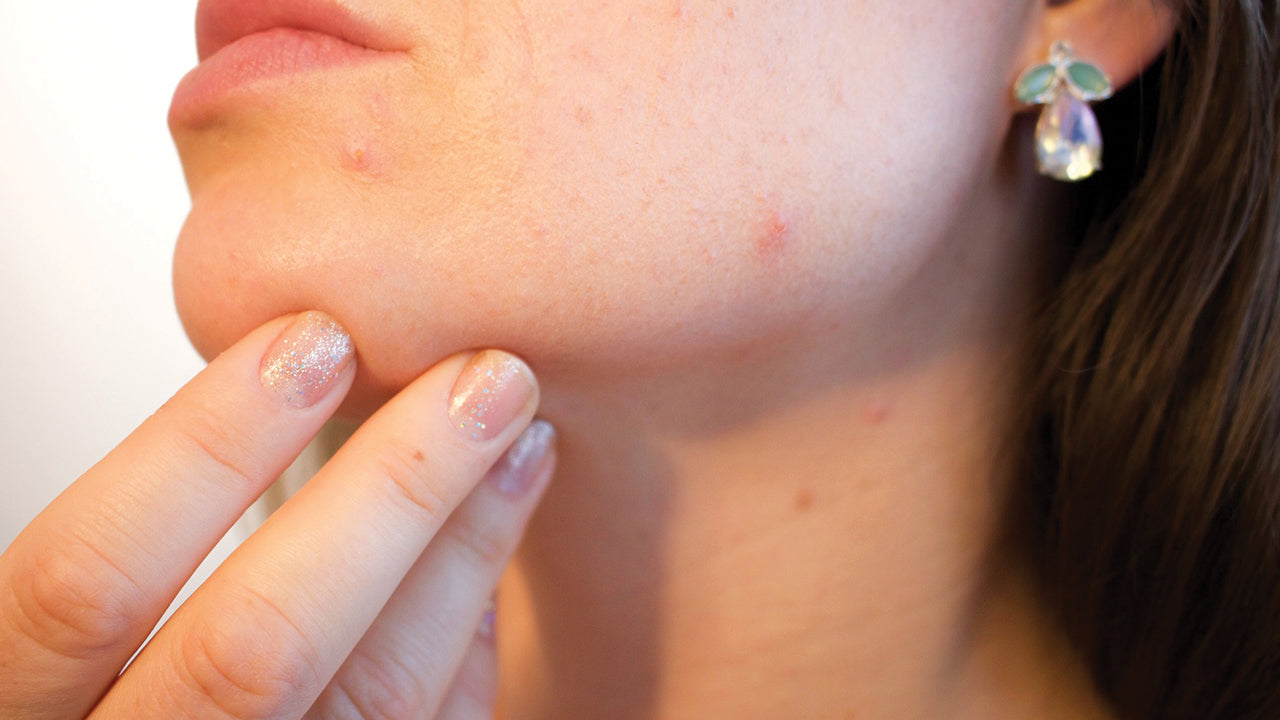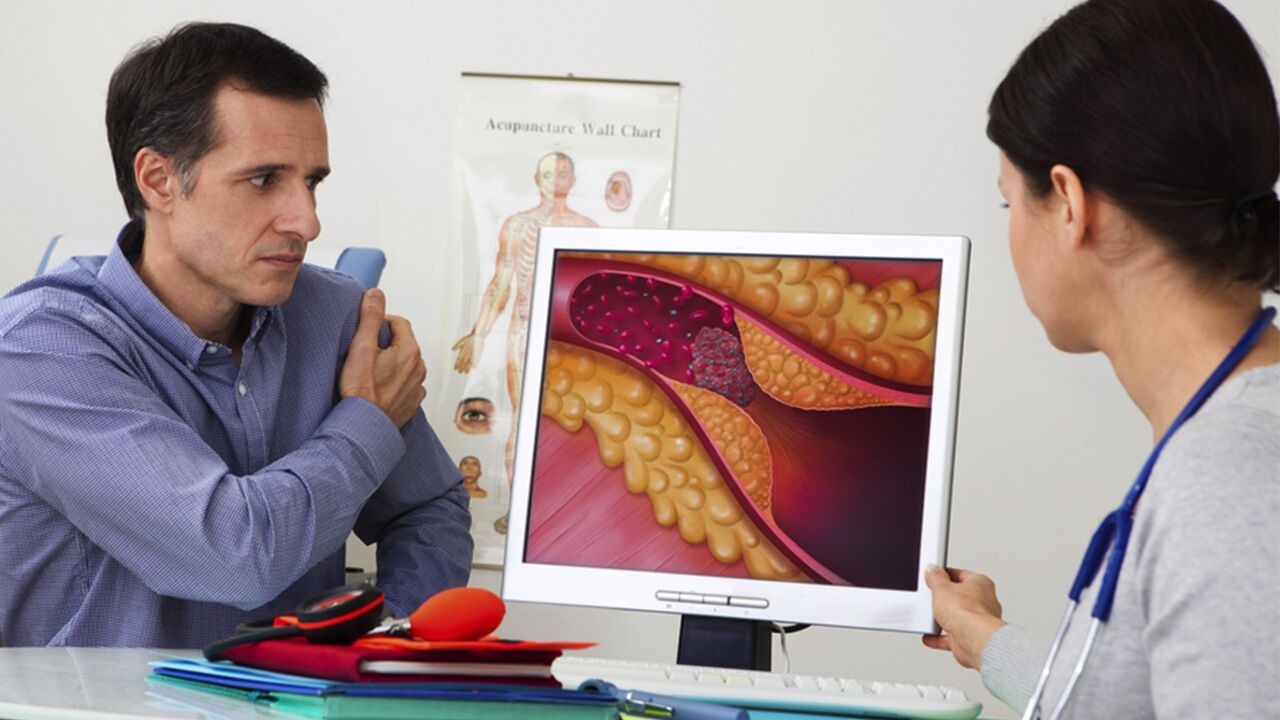What Is Shingles: Causes, Symptoms and Contagiousness
 By: by Amino Science
By: by Amino Science

Shingles cases are on the rise. In the United States, it is estimated that one in three people will succumb to the illness at some point in life. The Centers for Disease Control and prevention (CDC) reports that the reasons for the gradual increase of shingles incidents among adults is unknown. However, shingles risk factors are more comprehensible. Older people, 50 years and up, are most at risk for developing shingles; however, people at any age can be affected—even children. In general, your risk of developing shingles heightens as you age, especially if you’ve had chickenpox in the past. Certain medications and a compromised immune system can predispose you to developing shingles.
What Is Shingles?
Shingles, also called herpes zoster, is an infection caused by the varicella zoster virus. It is characterized by a painful red rash of fluid-filled blisters that affects a small area of your body, typically as a single stripe down either side of your body.
Symptoms of shingles include pain, itching, or tingling in the affected area 1 to 5 days before the blistering rash appears. Other shingles symptoms include a burning sensation, numbness, sensitivity to touch, sensitivity to light, upset stomach, headache, tiredness, and fever.

Depending on where the rash develops on your body, shingles pain can mistakenly be attributed to other medical conditions. Pain in a localized affected region of the torso may be associated with disorders involving the heart, lungs, or kidneys, for example. Shingles can also manifest on a concentrated area of the neck or face, near one eye, or on any section or side of the body. Some shingles sufferers experience pain without developing a rash. In extreme cases—usually in people with weakened immune systems—a more pervasive infection that looks similar to a chickenpox outbreak may occur.
Although shingles can be an intensely painful condition for which there is no cure, it is not life-threatening. Most people develop shingles once, but it can manifest two or three more times. A shingles outbreak can last anywhere from 2 to 6 weeks. Shingles blisters burst open and scab over in 7 to 10 days, and then heal 2 to 4 weeks later.
Shingles Triggers
The same varicella-zoster virus that gives rise to shingles causes chickenpox. After you have been infected with chickenpox, the inactive virus lies dormant in nerve tissue near the spinal cord and brain. Decades later, the virus may reactivate, travel along nerve fibers, and resurface as shingles on connecting skin tissue.
Small, fluid-filled blisters and itchy rash typify the extremely contagious chickenpox infection, which manifests 10 to 21 days after initial exposure to the varicella zoster virus. Here are some chickenpox symptoms that usually wane after 5 to 10 days:
- Extreme fatigue
- Headache
- Irritability
- Loss of appetite
- Fever
As with shingles, a chickenpox rash gives rise to blisters that burst and crust over before eventually healing. You are contagious until the blisters crust over and 48 hours before the rash appears. Direct contact with infected lesions and body fluid transmitted through the air as a result of coughing and sneezing can spread the virus.
Contagiousness of Shingles
The shingles contagious period coincides with the duration of the shingles rash. Transmission of the varicella-zoster virus usually occurs through direct contact with open sores of the shingles rash. A newly infected person will develop chickenpox, but not shingles. Pregnant women, newborns, older adults, and people with weakened immune systems are especially susceptible to contracting the virus.
Vaccines cannot wholly prevent contracting the virus, but they can decrease the risk and mitigate the severity of symptoms and long-term complications. The CDC recommends that people 60 years and older receive the shingles vaccine whether or not they have ever developed chickenpox. In 2006, the Food and Drug Administration (FDA) approved the Zostavax vaccine, which is injected once in the upper arm. It has been shown to be effective at preventing shingles for 5 years. In 2017, the FDA approved Shingrix, which is a preferred alternative to Zostavax. Shingrix has been shown to be effective beyond 5 years in preventing shingles, and the drug is recommended at age 50.
Although cases are rare, the attenuated viral strains in these vaccines may cause contagiousness and outbreaks after injection. Redness, tenderness, pain, swelling, and itching at the injection site and headaches are common vaccine side effects. Taking the vaccine is a preventative measure only, as it does not treat the shingles illness.
It's also important to note that getting shingles once doesn't mean you won't get shingles again, so stay alert to any defining symptoms.
Shingles Treatment
It is not clear what causes shingles to reactivate, but certain medications, environmental changes, stress, other illness, or foods with particularly high levels of the amino acid arginine and low levels of the amino acid lysine (nuts, soy, seeds, chocolate, oats—among others) may be factors.
See your doctor if you experience any shingles symptoms. Take note of and communicate with your physician the severity of your symptoms to assist in determining a proper diagnosis. Your doctor may take tissue samples for further examination.
Once your shingles diagnosis is confirmed, your doctor may recommend one or more treatment options, including:
- Antiviral drugs to increase healing and reduce your risk of developing complications associated with shingles.
- Creams and patches to provide relief with repeated use; they are usually recommended once the blistery sores have crusted over.
- Steroid injections and local anesthetics to help numb localized pain; they are administered by your health care practitioner in most cases.
- Pain medications according to the severity of your condition. Over-the-counter remedies may suffice for mild cases, whereas severe pain may require prescription painkillers, like Methadone or Oxycodone.
Treatments for shingles are intended to ease the severity of shingles symptoms and to stave off more serious complications that may develop immediately or long after a shingles outbreak.
Risk of Complications
It bears repeating that you should seek medical attention immediately if you experience shingles symptoms. Ignoring these signs of illness can lead to devastating consequences, and early treatment can reduce the intensity of symptoms and shorten the duration of the virus. Bacterial skin infections can further aggravate shingles outbreaks if not treated properly. In rare cases of shingles, inflammation of lungs, brain, liver, and spinal cord have occurred.
Though more research is required to pinpoint causal links, observational studies have shown that shingles may increase your risk of heart disease or stroke. A 2017 report published in the Journal of the American College of Cardiology documents a 59% higher risk for heart attack and a 35% higher risk for stroke after a shingles outbreak. These risks were shown to be highest after the first year of the shingles outbreak but then decreased over time.
Developing a painful rash near or in an eye (ophthalmic shingles or herpes zoster ophthalmicus) can lead to painful infections that may cause eye damage, including permanent vision loss. The sores and scarring that can manifest on the eye’s surface can cause glaucoma—a condition in which pressure builds in the eye.
The shingles viral infection may cause neurological complications—facial paralysis, brain inflammation (encephalitis), balance disorders, or hearing problems—depending on the nerves and area of skin affected. Ramsay Hunt syndrome results after a shingles infection affects a nerve near one of your ears that can lead to facial paralysis and/or hearing loss in the affected ear. Other symptoms of this disorder include earaches, dry mouth, ringing in the ear (tinnitus), or dizziness (vertigo).
Shingles sufferers are at risk for developing a debilitating condition known as postherpetic neuralgia, by which damaged nerve fibers send incorrect or exaggerated messages to the brain, resulting in excruciating pain that can last months or years after the shingles rash has disappeared. People with this condition suffer severe pain, burning sensations, or aching even with a light touch. Half the people who develop shingles over 60 years of age develop postherpetic neuralgia. Tricyclic antidepressants have shown to be effective in easing the pain of postherpetic neuralgia.
What to Do If You've Got Shingles
If you or a loved one is currently battling shingles, the following wellness suggestions may help ease the pain and discomfort.
- Easy does it. Sleep well and rest often.
- Eat nourishing foods.
- Get moving with stretches and be sure to walk to stay active.
- Apply cool compresses to your painful rashes to subdue the sting.
- Seek out distractions to take your mind off the pain.
- Remove added stress from your life.
- Wear natural-fiber, loose clothing.
- Soak in an oatmeal bath.
- Soothe your skin with calamine lotion.
- Supplement with amino acids to keep you immune system strong
- Lean on your support network.

Up to 25% off Amino
Shop NowTAGS: conditions
Join the Community
Comments (0)
Most Craveable Recipes




 833-264-6620
833-264-6620



















